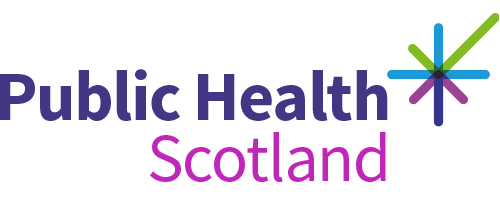- Published
- 26 March 2025
- Journal article
The impact of the COVID-19 pandemic on antimicrobial usage: an international patient-level cohort study
- Authors
-
- Source
- JAC - Antimicrobial Resistance
Full text
Abstract
This study aimed to evaluate the trends in antimicrobial prescription during the first 1.5 years of COVID-19 pandemic.
This was an observational, retrospective cohort study using patient-level data from Bangladesh, Brazil, India, Italy, Malawi, Nigeria, South Korea, Switzerland and Turkey from patients with pneumonia and/or acute respiratory distress syndrome and/or sepsis, regardless of COVID-19 positivity, who were admitted to critical care units or COVID-19 specialized wards. The changes of antimicrobial prescription between pre-pandemic and pandemic were estimated using logistic or linear regression. Pandemic effects on month-wise antimicrobial usage were evaluated using interrupted time series analyses (ITSAs).
Antimicrobials for which prescriptions significantly increased during the pandemic were as follows: meropenem in Bangladesh (95% CI: 1.94–4.07) with increased prescribed daily dose (PDD) (95% CI: 1.17–1.58) and Turkey (95% CI: 1.09–1.58), moxifloxacin in Bangladesh (95% CI: 4.11–11.87) with increased days of therapy (DOT) (95% CI: 1.14–2.56), piperacillin/tazobactam in Italy (95% CI: 1.07–1.48) with increased DOT (95% CI: 1.01–1.25) and PDD (95% CI: 1.05–1.21) and azithromycin in Bangladesh (95% CI: 3.36–21.77) and Brazil (95% CI: 2.33–8.42). ITSA showed a significant drop in azithromycin usage in India (95% CI: −8.38 to −3.49 g/100 patients) and South Korea (95% CI: −2.83 to −1.89 g/100 patients) after WHO guidelines v1 release and increased meropenem usage (95% CI: 93.40–126.48 g/100 patients) and moxifloxacin (95% CI: 5.40–13.98 g/100 patients) in Bangladesh and sulfamethoxazole/trimethoprim in India (95% CI: 0.92–9.32 g/100 patients) following the Delta variant emergence.
This study reinforces the importance of developing antimicrobial stewardship in the clinical settings during inter-pandemic periods.
Rights
This is an Open Access article distributed under the terms of the Creative Commons Attribution License (https://creativecommons.org/licenses/ by/4.0/), which permits unrestricted reuse, distribution, and reproduction in any medium, provided the original work is properly cited.
Cite as
Farzana, R., Harbarth, S., Yu, L., Carretto, E., Feasey, N., Galal, U., Ergonul, O., Yong, D., Yusuf, M., Veeraraghavan, B., Iregbu, K., van Santen, J., Fankhauser, C., Chilupsya, C., Dolecek, C., Ferreira, D., Pinarlik, F., Jang, J., Gücer, L., Cavazzuti, L., Sultana, M., Haddad, M., Medugu, N., Nwajiobi-Princewill, P., Marrollo, R., Zhao, R., Bakthavatchalam, Y., COVID-19/DRI Study Group, Moore, C., Gales, A., da Silva Ribeiro, A., Haque, M., Baskaran, V., Peter, J., Chandy, S. & Walsh, T. 2025, 'The impact of the COVID-19 pandemic on antimicrobial usage: an international patient-level cohort study', JAC - Antimicrobial Resistance, 7(2), article no: dlaf037. https://doi.org/10.1093/jacamr/dlaf037
Downloadable citations
Download HTML citationHTML Download BIB citationBIB Download RIS citationRISIdentifiers
- Repository URI
- https://hdl.handle.net/10023/32523
